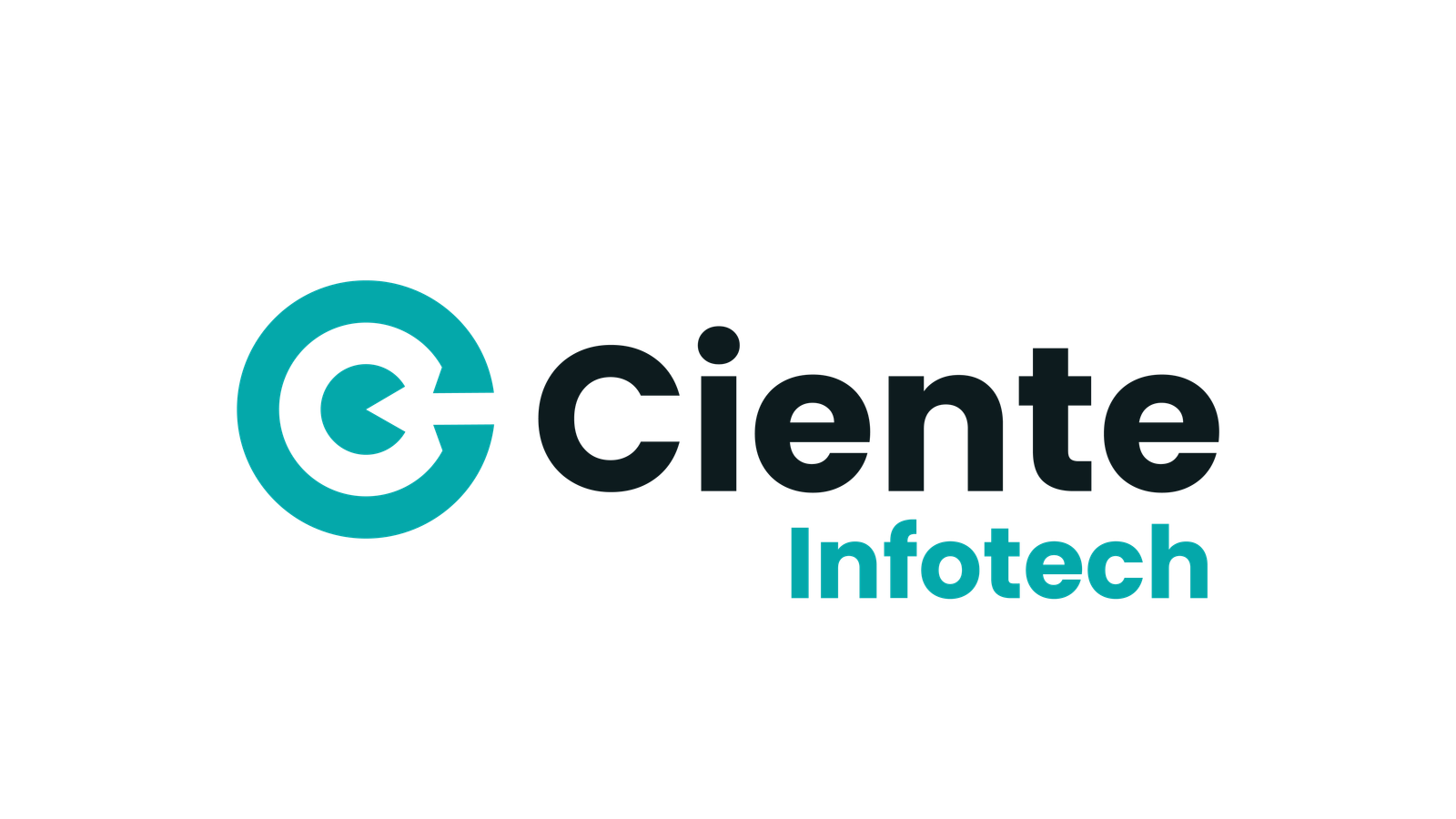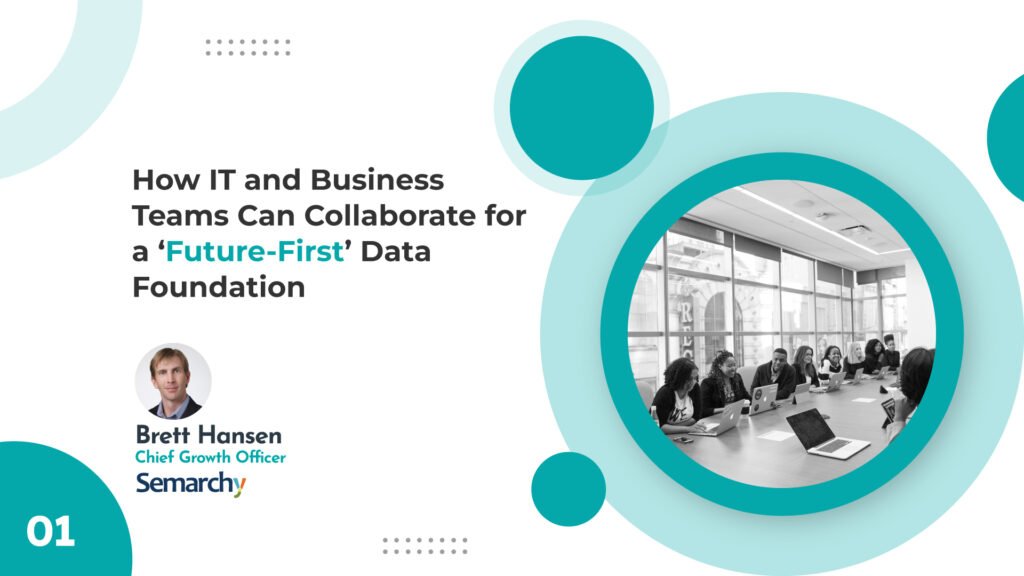Companies in 2023 are reevaluating their investments from the past year. From slashing their marketing budgets to increasing employee layoffs, executives are uncertain about how to weather the storm of a looming recession—and for good reason. Without a strong data foundation, business leaders are at risk of making poor business decisions that can halt their company’s growth.
Bad data leads to bad decision-making, and when 77% of U.S. companies rely on data to make their everyday decisions, they must choose a trustworthy and agile platform that fits their needs. Additionally, this technology must act as a collaborative tool for IT and business teams to ensure healthy communication and forward thinking. That is why business leaders must prioritize master data management (MDM) to help them make the right choices and continue scaling.
The Power of Master Data Management
Master data management platforms allow companies to collaboratively discover, organize, clean, and enrich their raw data to create a “single source of truth” across the entire organization. Some platforms take it one step further and implement automation to fit each business’s needs. This allows every team to transform their data into insights to retain customers, create a collaborative workplace culture, and increase productivity tenfold.
Statistics prove the power of implementing MDM into one’s business operations. Data-driven organizations are 23 times more likely to acquire customers. According to Gartner, these platforms’ ability to improve data quality will save businesses an average of $12.9 million annually. The objective of MDM is to give all teams an accurate picture of their internal processes and customer data—and, in my experience, restore budgets and boost morale.
The Introduction of Data-Driven Workflows
Advancements in master data management continue to empower businesses to collaboratively design a future-first data foundation for themselves. This includes data-driven workflows: a new integration that ensures collaboration through a single, no-code solution. My company defines data-driven workflows as: “a series of interconnected activities that dynamically orchestrates data between systems and users to produce high-quality golden records for business needs.”
This technology eliminates organizational silos and strengthens data team collaboration by routing, assigning, and automating tasks to help employees confidently achieve strategic objectives. To do this, it leverages underlying metadata to simplify business functions in a unified platform. Thus, IT and business teams can work together and build the foundations of a more robust enterprise data mesh, a new approach to data management that aims to make data more accessible and scalable across users.
The introduction of data-driven workflows is receiving positive feedback from organizations in various industries, including the healthcare sector. IMT Healthcare, one of our US-based partners, says that the new integrated workflow successfully elevates the company’s agility and strategic decision-making. In addition, by encouraging better collaboration within teams, patients can receive better care.
“This latest release delivers key features that advance the collaboration and control essential to health data stakeholders and stewards,” Deanna Note, VP of Offering Management at IMT Healthcare, says. “Whether centralized, distributed, or hybrid, the sophisticated task designer enables both automation and manual interventions, with full traceability and audit, critical for both clinical and business operations. This results in higher quality and more complete patient and provider data to support meaningful analytics and streamlined care delivery.”
Solita, a company describing itself as “a community of highly and widely skilled experts geared for impact and customer value,” is also experiencing the same wins after implementing data-driven workflows. Their organization spans many sectors and uses tech and expert consultation to help clients in the health, manufacturing, and mobility industries, among others. For their community, data-driven workflows ensure that their teams leverage their data to the best of their ability, thus, gifting them a future-first mentality.
“Process optimization and collaboration among business units are key drivers of productivity in any organization, and central to this pursuit is master data management,” the company says. “With its workflows upgrade, Semarchy has dramatically enhanced the capabilities of its unified data platform. The new streamlined interface also enhances the user experience, thus accelerating adoption for end users while ensuring maximum return on investment for organizations.”
Creating a future-first data foundation means giving your internal teams the technology they need to support your customers. As a business leader, your objective is to encourage collaboration and communication and foster a space for data-driven decision-making. Implementing master data management and data-driven workflows are the first steps toward confident scaling in 2023.
About Brett Hansen
Brett Hansen is Chief Growth Officer at Semarchy, responsible for leading go-to-market strategy for the rapidly growing data company. Prior to joining Semarchy, Brett was CMO at Logi Analytics through its acquisition and integration. He also held marketing and product executive positions at Dell Technologies and IBM. He holds a Bachelor of Science in Economics and History from James Madison University as well as an MBA in Marketing from the University of Montana.



